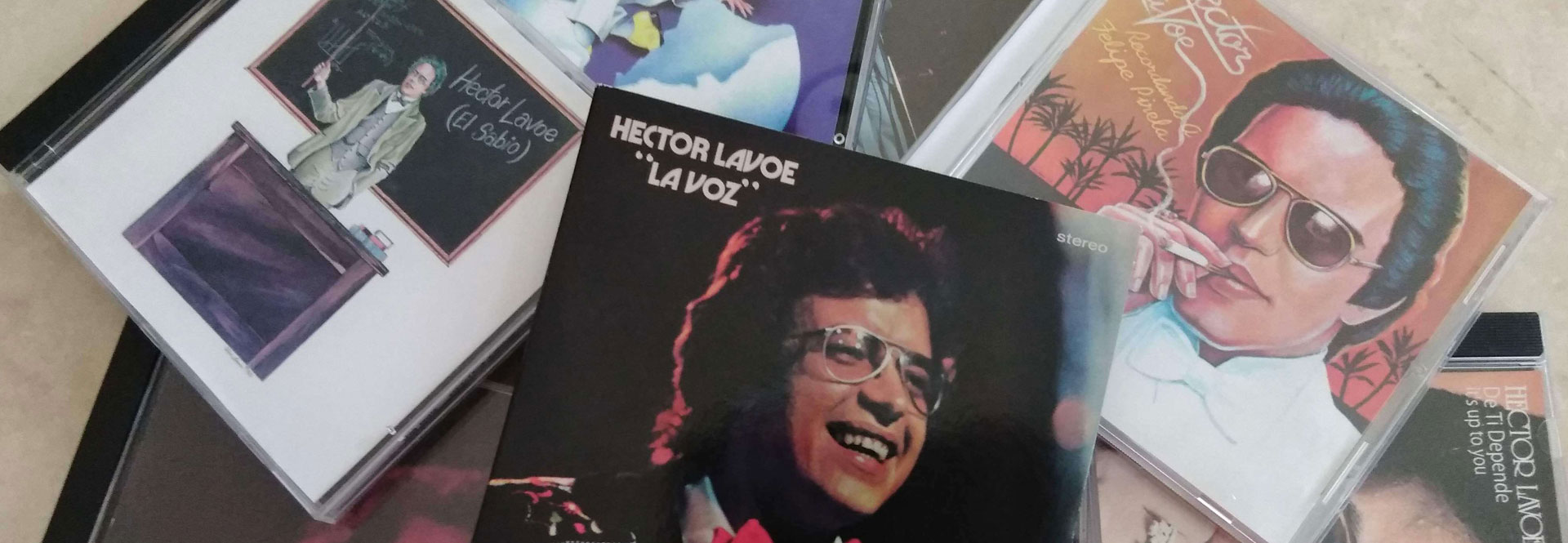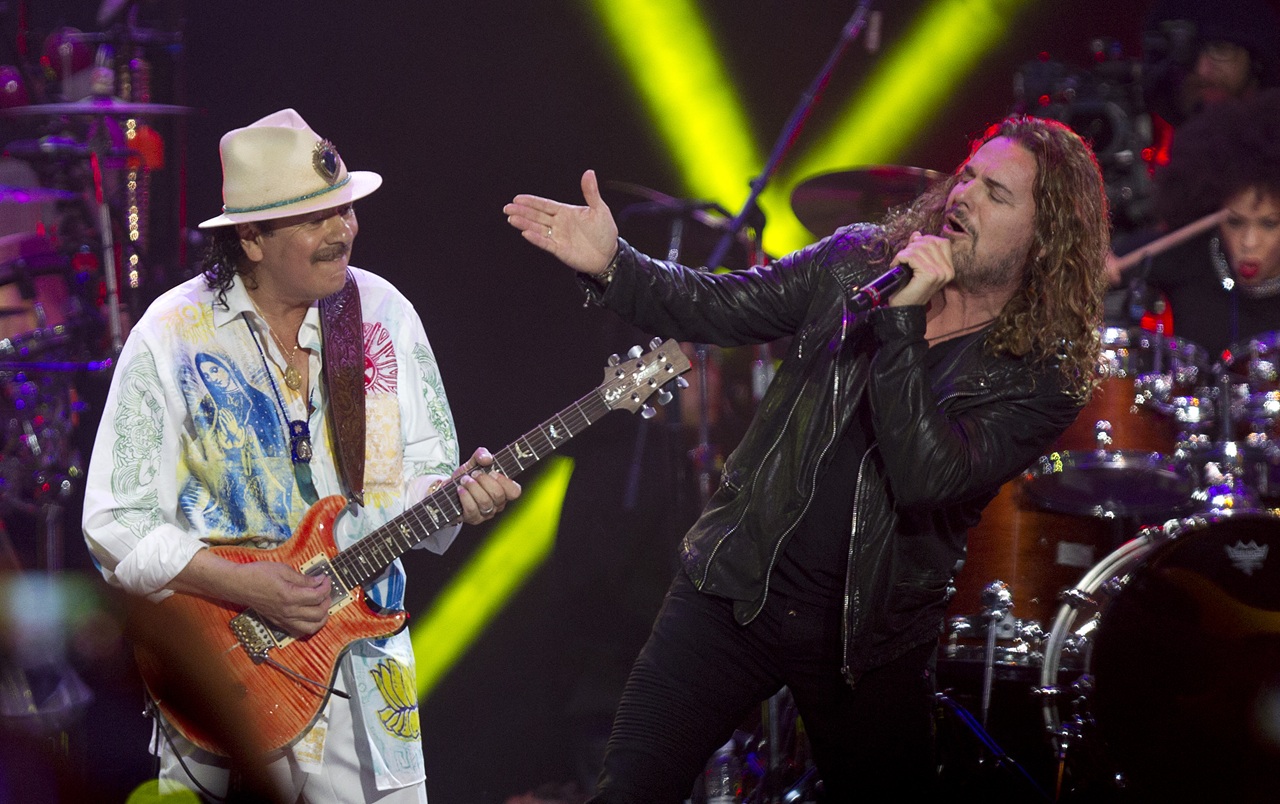
Today, 27 years ago, El Cantante's voice, Hector Lavoe, faded away.
Héctor Lavoe, one of the great stars of La Fania, changed the history of Latin music by giving salsa its definitive form.
In 1995, two years after the death of Puerto Rico's Jibarito, El Cantante de los Cantantes, El Rey de la Puntualidad, La Voz, Héctor Lavoe, born Héctor Juan Pérez Martínez, Willie Colón and Rubén Blades released "Tras la tormenta," which included the song "Homenaje a Héctor Lavoe.
A trombone phrases a lament, the lament in which one feels how much Willie Colón must have cried after Lavoe's death, and since he doesn't want to cry anymore, he sings to him:
Lavoe, la voz del sentimientoLavoe, la voz es tu instrumento[…]
The orphanage in which Willie Colón was left is perhaps the most profound in the history of salsa because the two of them began their journey when Colón was 17 and Lavoe was 21. In 1967, they released their first album together: El Malo.
According to César Miguel Rondón, author of the sacred history of salsa "El libro de la salsa. Crónica de la música del Caribe urbano," the orchestra that the two of them put together was, according to those who knew it at the time, "one of the worst bands that ever sounded in Latin music," but the record "with all the terrible quality of the music, with the evident deficiencies that insistently sprang up along the tracks, was a success."
El Malo, an album of which only the song that gave it its name is remembered, in fact shows a couple of teenagers who were barely getting to know their respective instruments, but who one year matured at a giant's pace.
RELATED CONTENT
In 1968, they released The Hustler, following the gangster aesthetic of El Malo, already with a much more orderly orchestra - a Héctor Lavoe who had already assumed that he could not sing in English and that this was not his problem either. In addition, they divorced salsa from boogaloo:
(El bugalú no va conmigo)Ay, cosa rica el bugalú, pues báilalo tú(El bugalú no va conmigo)
[(Bugaloo doesn't go with me)Oh, good thing the boogaloo, you dance it(Bugaloo doesn't go with me)]
From this point on, this duo created a large part of La Fania's greatest hits: Ché Ché Colé, La Murga, Ah-ah/ O-no, Aguanile, Soñando Despierto, Todo tiene su final, Calle Luna Calle Sol, El día de mi suerte, and in this list we're just about 1973.
The story of Héctor Lavoe, like that of so many great musicians in history, was full of suffering, depression and substance abuse. His enormous sensitivity paid the bill and ultimately claimed his life: Lavoe died on June 29, 1993 of a heart attack due to complications from contracting AIDS from an infected needle.
But it was this same overflowing sensitivity that allowed him to reach the millions of people who loved him in life and still love him in death. Lavoe, with the suffering he carried between his chest and back, was right. Before the day he died, his luck changed, but what did not change was the tear he carried inside.











LEAVE A COMMENT: